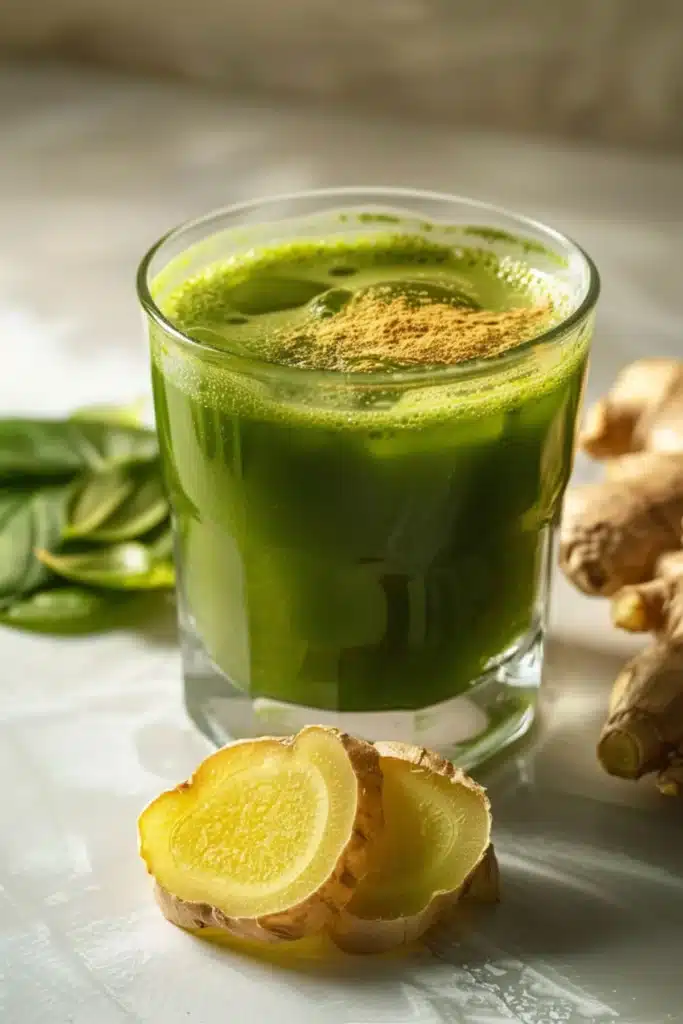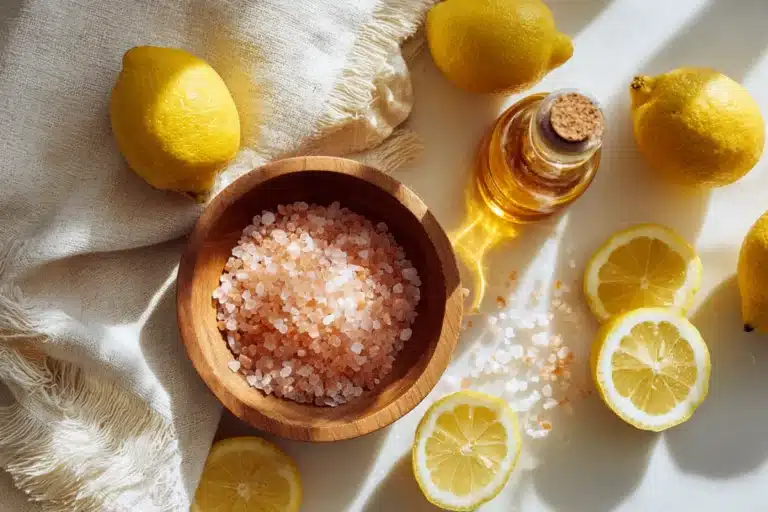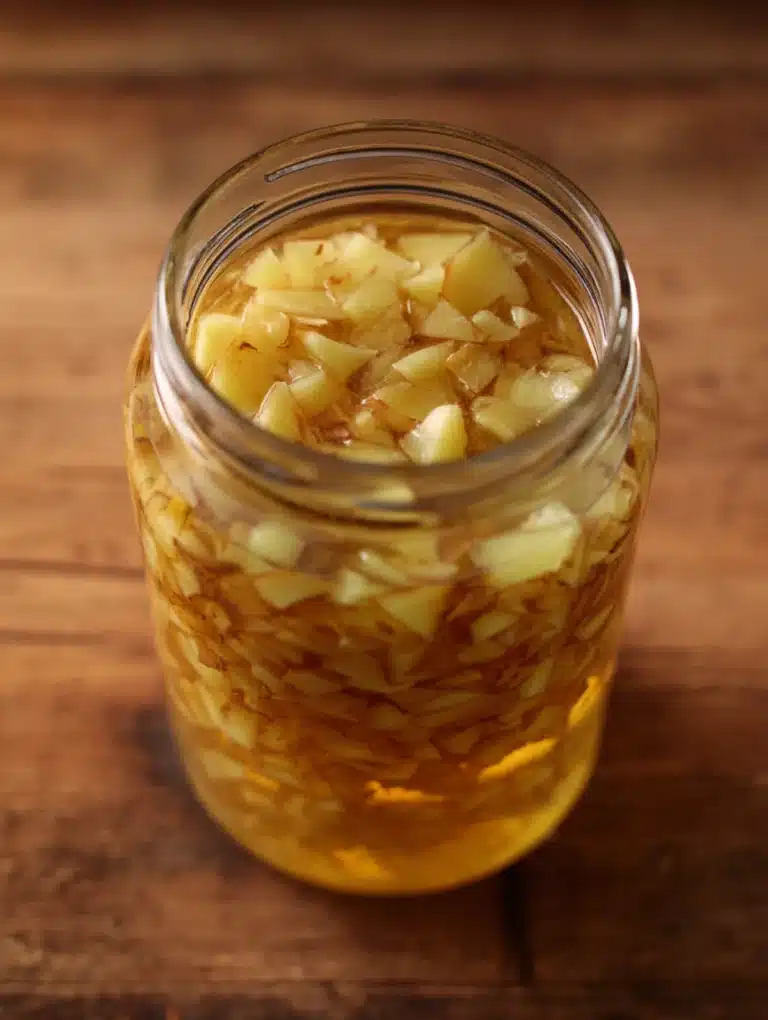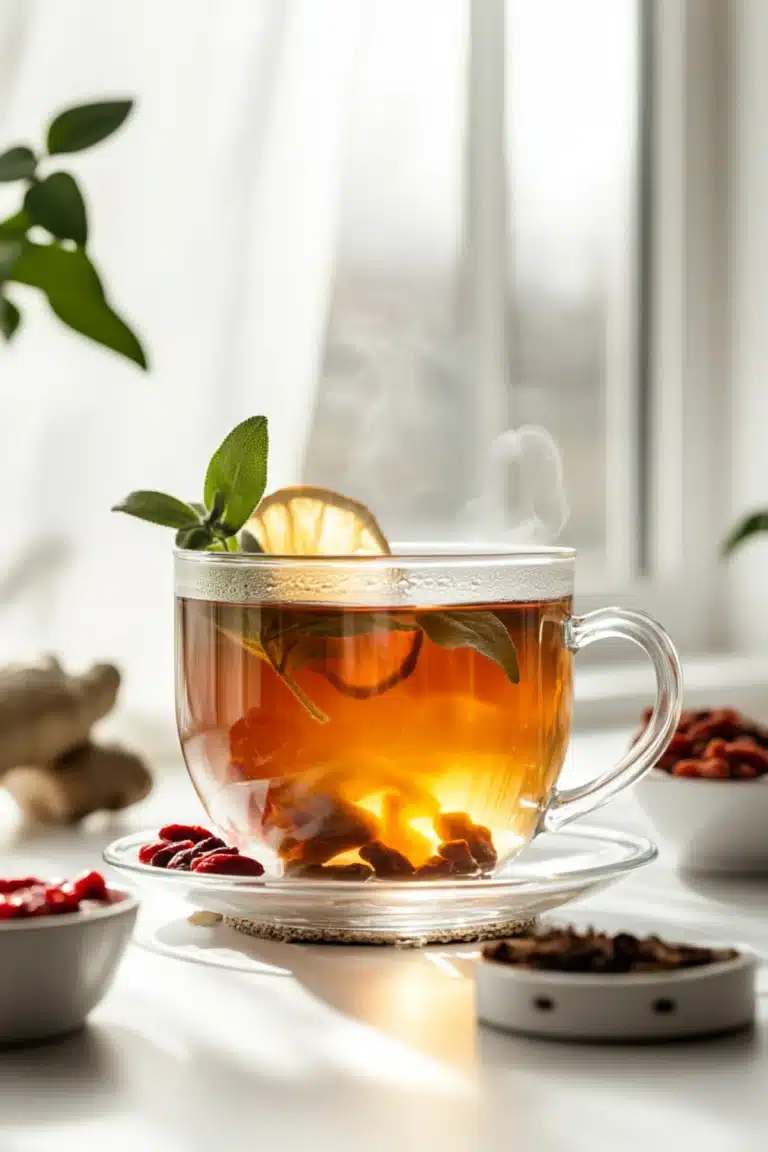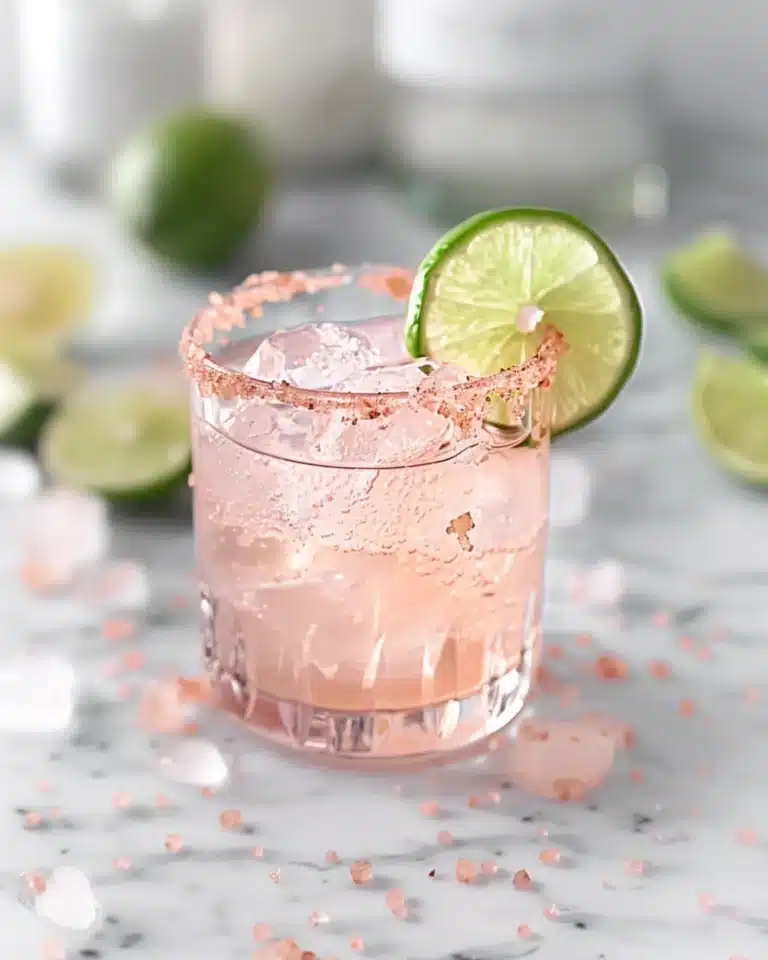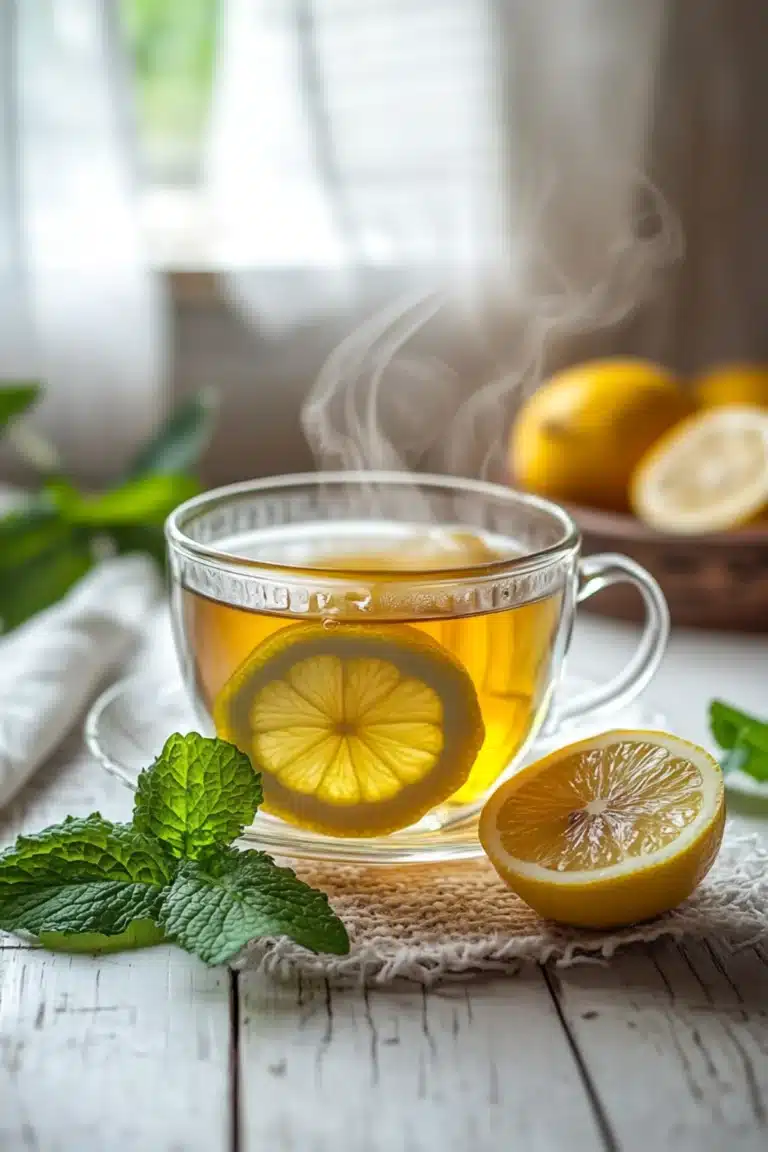Japanese Mounjaro Recipe
My Emotional Journey with Japanese Mounjaro Recipe
I first discovered the Japanese Mounjaro recipe while visiting my grandmother’s small countryside home.
The memory is still vivid: the aroma of freshly grated ginger, the calming color of matcha, and the warmth of the drink in my hands. She told me that this simple recipe had been passed down through generations, not just as a drink but as a healing ritual. Over the years, I’ve found myself returning to this recipe, not just for its health benefits but because it carries a sense of peace and connection. Today, I want to share how this recipe can bring the same warmth and wellness to your life.
Looking for inspiration? Try other amazing blends from our detox drinks collection.
What is the Japanese Mounjaro Recipe?
A Traditional Japanese Elixir
The Japanese Mounjaro recipe is more than just a beverage. It is a natural elixir deeply rooted in Japan’s wellness culture. Unlike modern, synthetic supplements, this recipe uses traditional ingredients like matcha powder, ginger, umeboshi plum, and kombu, each chosen for its natural healing properties. With a combination of earthy flavors and restorative effects, the Japanese Mounjaro recipe stands out as both a comforting drink and a health booster.
Key Elements That Make It Unique
What makes this recipe unique is the simplicity of its ingredients and their harmony. Matcha is rich in antioxidants and delivers a gentle energy boost, while ginger adds warmth and aids digestion. The umeboshi plum, a staple in Japanese cuisine, is known for its detoxifying properties. Kombu, a type of kelp, contributes minerals that support overall health. When combined with warm water and optional flavors like honey or lemon, this blend creates a drink that not only tastes refreshing but also promotes holistic well-being.
Don’t miss our refreshing pink salt Monjaro recipe for a unique twist.
The Origin and Cultural Significance
The Story Behind Mounjaro
The Japanese Mounjaro recipe has its roots in centuries-old wellness traditions of Japan, where food and drinks were often crafted to heal both body and spirit. While modern health trends are filled with quick fixes, Japan has always focused on balance and natural remedies. The name “Mounjaro” is inspired by the idea of “mountain wellness,” symbolizing purity, strength, and longevity. In small rural villages, it was common for families to prepare a blend of matcha, kombu, and umeboshi during the colder seasons to boost immunity and restore energy. Over time, this recipe became a household favorite because of its healing touch and the way it connects people to nature.
Japanese households believe that what you consume daily should nurture your body. This belief is why drinks like the Japanese Mounjaro recipe are made with thoughtfully selected ingredients. It’s not just a drink; it’s a reminder of mindfulness and appreciation for simple yet powerful natural remedies.
How Japanese Tea Traditions Influence This Recipe
Tea culture in Japan is deeply symbolic, often focusing on the harmony between the mind, body, and environment. Traditional tea ceremonies emphasize patience, attention to detail, and respect for the ingredients. These values are evident in how the Japanese Mounjaro recipe is prepared. For instance, the careful whisking of matcha to create froth or the precise steeping of kombu in warm water echoes the meditative nature of Japanese tea rituals.
Furthermore, the inclusion of umeboshi plum—a fermented ingredient—highlights Japan’s love for umami flavors and gut-friendly foods. When you enjoy this recipe, you’re not just drinking tea; you’re experiencing a part of Japanese culture that has been refined over centuries.
Discover the benefits of the Japanese pink salt with baking soda mix.
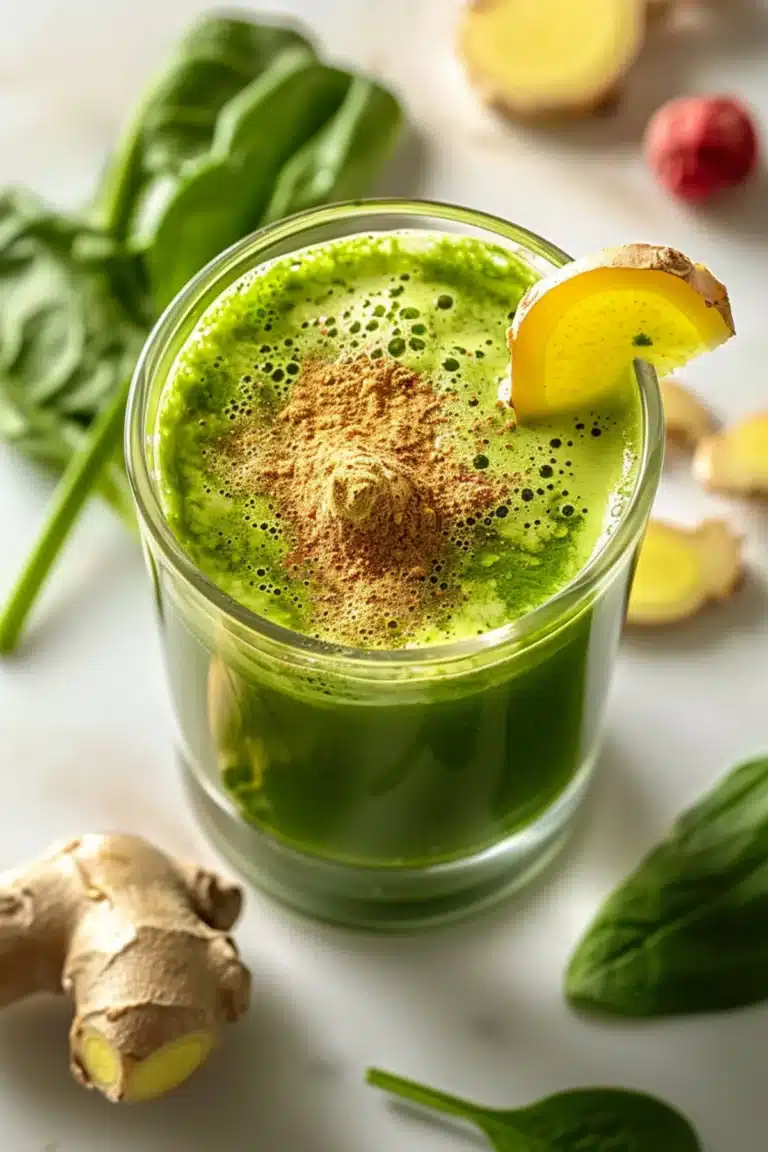
Japanese Mounjaro Recipe
The Japanese Mounjaro recipe is a healing Japanese wellness drink that blends matcha, ginger, kombu, and umeboshi plum to create a powerful detox and energy boost. Perfect for weight loss, digestion, and relaxation, this natural tea is simple to prepare and can be enjoyed hot or cold. Try making this traditional Japanese Mounjaro tea recipe today for a soothing drink that nourishes your body and mind.
- Total Time: 10 minutes
- Yield: 1 cup
Ingredients
- 1 teaspoon matcha powder (high-quality recommended)
- 1 umeboshi plum (or 1 teaspoon umeboshi paste)
- 1 slice fresh ginger (finely grated)
- 1 small piece dried kombu (thumb-sized)
- 8 ounces warm water (160–170°F, not boiling)
- Optional: A splash of lemon juice or drizzle of honey for sweetness
Instructions
- Prepare the ingredients: Grate the fresh ginger, measure out the matcha, and cut a small piece of kombu.
- Heat the water: Warm the water to 160–170°F to maintain matcha’s natural antioxidants.
- Steep kombu: Add kombu to the warm water and steep for 5 minutes.
- Whisk matcha: In a small bowl, whisk the matcha with a splash of warm water until frothy.
- Combine: Remove kombu, then stir in the umeboshi, grated ginger, and whisked matcha.
- Adjust taste: Add honey or lemon juice if desired.
Notes
Nutrition Information (Per Serving)
-
Calories: 35 kcal
-
Total Fat: 0 g
-
Protein: 1 g
-
Carbohydrates: 8 g
-
Sugar: 2 g (from umeboshi and optional honey)
-
Fiber: 1 g
-
Sodium: 90 mg
- Prep Time: 5 minutes
- Cook Time: 5 minutes
- Category: Beverage, Wellness Drink
- Cuisine: Japanese
Japanese Mounjaro Tea Recipe
Authentic Ingredients for the Tea
To create an authentic Japanese Mounjaro tea recipe, quality ingredients are essential. The strength of this drink lies in its simplicity and the healing properties of its components. Here’s what you’ll need:
- 1 teaspoon matcha powder (choose high-quality ceremonial-grade matcha for better taste and antioxidants)
- 1 umeboshi plum (or about 1 teaspoon of umeboshi paste for a smoother texture)
- 1 slice fresh ginger, finely grated for a warm, zesty flavor
- 1 small piece dried kombu (thumb-sized, for essential minerals)
- 8 ounces warm water (around 160–170°F, never boiling)
- Optional: A splash of lemon juice or a drizzle of honey for sweetness
Every ingredient in this Japanese Mounjaro tea recipe is selected for its natural health benefits. Matcha energizes without jitters, ginger supports digestion, and umeboshi provides detoxifying effects. Kombu, a type of kelp, is a mineral-rich ingredient that enhances the tea’s healing properties.
Step-by-Step Brewing Instructions
- Prepare your ingredients – Grate the fresh ginger, measure the matcha, and cut a small piece of kombu.
- Heat your water – Keep the temperature between 160–170°F (just below boiling) to preserve the natural properties of matcha and kombu.
- Steep the kombu – Place the kombu in warm water and let it steep for 5 minutes.
- Whisk the matcha – In a separate bowl, whisk the matcha powder with a splash of warm water until frothy.
- Combine everything – Remove the kombu from the water. Add the umeboshi, grated ginger, and frothy matcha to the kombu-infused water. Stir well.
- Adjust the flavor – Add lemon juice or honey to taste.
For a summer twist, you can chill the drink and serve it over ice. Want a creamier variation? A splash of oat or coconut milk can transform this tea into a smooth, comforting treat.
Japanese Mounjaro Weight Loss Recipe
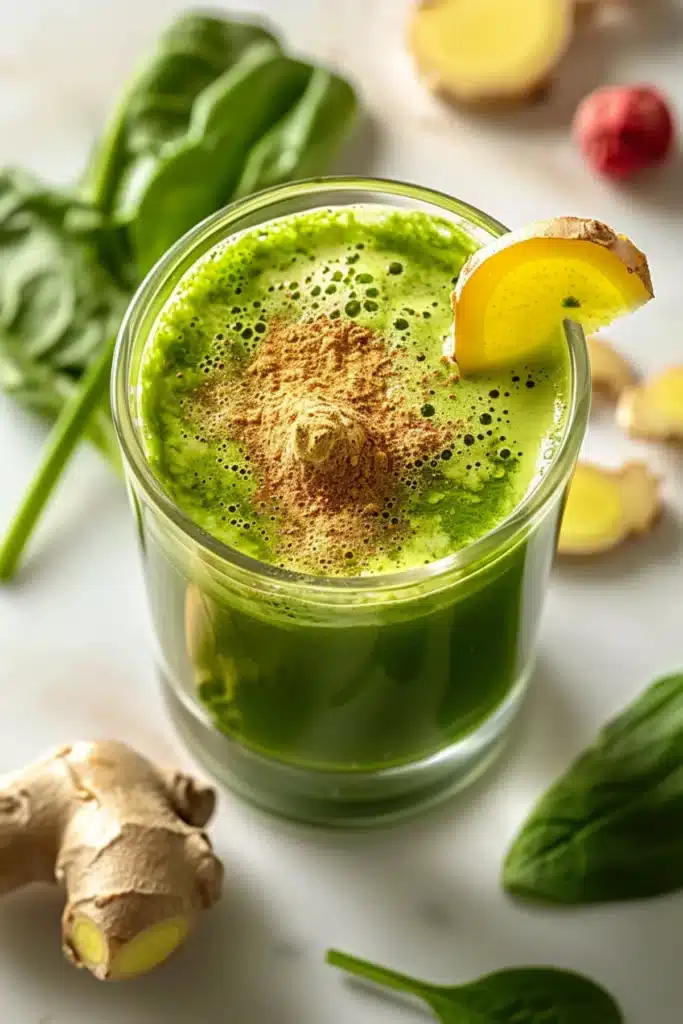
Why It’s Linked to Weight Management
The Japanese Mounjaro weight loss recipe has gained attention not just for its soothing taste but for its natural fat-burning potential. Thanks to ingredients like matcha and ginger, this tea supports metabolism and helps the body burn calories more efficiently. Matcha, a key part of the Japanese Mounjaro recipe, is rich in catechins—powerful antioxidants known to promote fat oxidation. Ginger, another star ingredient, is well-known for its thermogenic effects, meaning it can gently increase the body’s internal heat and boost calorie burning.
The Japanese Mounjaro tea recipe also includes kombu, which is naturally rich in iodine and minerals that support thyroid function. A healthy thyroid plays a major role in managing weight and overall energy levels. When combined with umeboshi plum, which aids digestion and detoxification, this recipe becomes a gentle yet powerful addition to a weight-loss plan.
Learn more about balancing minerals with the Japanese pink salt recipe.
Nutritional Benefits of the Ingredients
Each ingredient in the Japanese Mounjaro weight loss recipe has a specific role in enhancing health:
- Matcha powder: High in EGCG (epigallocatechin gallate), known to improve fat metabolism.
- Ginger: Helps reduce inflammation and regulates appetite.
- Umeboshi plum: A natural probiotic that promotes gut health and detoxification.
- Kombu: Adds essential minerals like magnesium and potassium, supporting energy balance.
Unlike artificial weight-loss supplements, the Japanese Mounjaro recipe relies on natural, time-tested ingredients that are safe for daily use. When combined with a healthy diet and exercise, this recipe can become a cornerstone of sustainable weight management.
Health Benefits of Japanese Mounjaro Recipe
Detoxifying and Healing Properties
The Japanese Mounjaro recipe isn’t just a flavorful drink; it’s a natural wellness booster. Each ingredient brings unique healing qualities that make this recipe stand out. Matcha, the core of the Japanese Mounjaro recipe, is loaded with antioxidants that help flush toxins and fight free radicals. Ginger adds anti-inflammatory benefits, easing digestion and supporting gut health. Umeboshi plum, traditionally known in Japan for its detoxifying effects, helps balance acidity in the body. Kombu, a mineral-rich seaweed, provides iodine and magnesium to maintain energy and thyroid health.
The Japanese Mounjaro recipe also promotes relaxation. The combination of matcha’s natural L-theanine and warm water creates a calming effect, reducing stress and improving focus. In traditional Japanese wellness culture, this recipe is often considered both a tonic and a form of mindful nourishment.
For more about how matcha benefits the body, check out Matcha on Wikipedia. Kombu, another key component of this Japanese Mounjaro recipe, is highlighted in Japanese cuisine traditions for its unique umami and health-enhancing properties.
Links to Longevity
Japan is known for its long-living population, and beverages like the Japanese Mounjaro recipe play a small but meaningful role in their diet. Consumed daily, this drink supports detoxification, keeps the metabolism balanced, and offers natural energy without artificial stimulants. Experts in Japanese food culture emphasize that such natural recipes, packed with antioxidants and minerals, can help maintain overall health and longevity.
By integrating the Japanese Mounjaro recipe into your daily routine, you’re embracing centuries-old wisdom about living a balanced, healthy life.
Variations and Flavor Enhancements
Adding Oat or Coconut Milk
One of the best ways to customize the Japanese Mounjaro recipe is by adding plant-based milk such as oat or coconut milk. This not only creates a creamy texture but also adds a subtle sweetness that balances the earthy flavors of matcha and kombu. If you prefer a latte-style drink, whisk your matcha with warm oat milk instead of water and blend in the umeboshi and ginger for a smooth, velvety experience. This twist transforms the traditional Japanese Mounjaro recipe into a modern, cozy drink without losing its health benefits.
Refreshing Summer Twist
During warmer months, the Japanese Mounjaro recipe can be turned into a refreshing iced tea. Prepare the tea as usual, let it cool, and pour it over ice with a slice of lemon or a drizzle of honey. Adding mint leaves can bring a fresh burst of flavor. You can also experiment with light fruit infusions like yuzu or orange peel to enhance the drink’s aroma.
For a vibrant summer treat, you can even blend the chilled Japanese Mounjaro recipe with coconut water for a tropical variation. These adjustments keep the recipe versatile, ensuring that you can enjoy its benefits in every season.
PART 7: How to Store and Serve It
Storing Kombu-Based Tea Properly
If you want to keep the Japanese Mounjaro recipe ready for multiple servings, proper storage is essential. Once prepared, the tea can be stored in a glass jar or an airtight bottle in the refrigerator for up to 48 hours. This preserves the delicate flavors of matcha and ginger while maintaining the health properties of kombu and umeboshi. Avoid reheating it at high temperatures, as this can destroy the antioxidants in matcha and alter the taste. Instead, warm it gently on the stove or enjoy it cold over ice for a refreshing twist.
When preparing larger batches of the Japanese Mounjaro recipe, consider storing the base liquid (kombu and ginger infusion) separately and adding freshly whisked matcha just before drinking. This ensures a frothy, vibrant green color every time.
Serving Tips for Guests
The Japanese Mounjaro recipe is not just a personal wellness drink—it can be an elegant beverage for guests. Serve it in traditional Japanese cups or small glass mugs to highlight its vibrant green hue. Pairing it with light snacks like rice crackers or steamed edamame makes it a perfect addition to an afternoon tea session.
For a modern presentation, you can create a Japanese Mounjaro tea recipe latte with oat milk, sprinkle some matcha on top, and serve it with a drizzle of honey. These small details turn a simple drink into a conversation-worthy treat, reflecting both Japanese tradition and contemporary style.
Check out the detox-friendly Japanese pink salt with apple cider vinegar recipe.
FAQs About Japanese Mounjaro
Is there really a homemade Mounjaro recipe?
What is the Japanese Mounjaro?
What is the natural version of Mounjaro?
What are the four ingredient natural Mounjaro?
Matcha powder – for antioxidants and energy.
Umeboshi plum – for detox and digestive support.
Fresh ginger – for anti-inflammatory benefits.
Kombu seaweed – for minerals and thyroid health.
These four ingredients alone can create a powerful, health-focused drink.
Conclusion and Final Thoughts
The Japanese Mounjaro recipe is more than just a tea—it’s a natural pathway to better health and mindfulness. Rooted in traditional Japanese wellness culture, this recipe combines matcha, ginger, kombu, and umeboshi plum to create a soothing and nourishing drink. Whether you enjoy it hot on a rainy afternoon or chilled as a refreshing summer beverage, the Japanese Mounjaro recipe offers benefits that go beyond taste. From boosting digestion to supporting weight management and detoxification, it’s a holistic ritual worth adding to your daily routine.
If you’ve been looking for a simple yet powerful way to improve your wellness routine, the Japanese Mounjaro tea recipe might be exactly what you need. Take a moment to prepare it, savor its earthy and comforting flavors, and connect with centuries-old Japanese traditions.
FOR MORE RECIPES FOLLOW ME ON PINTEREST

